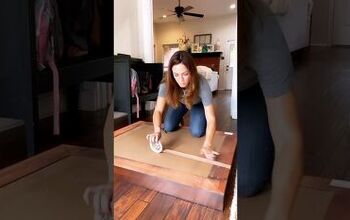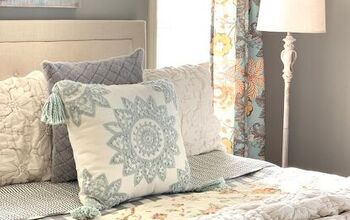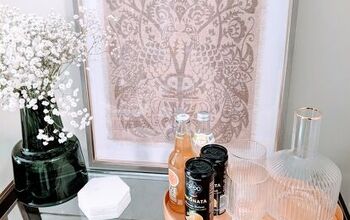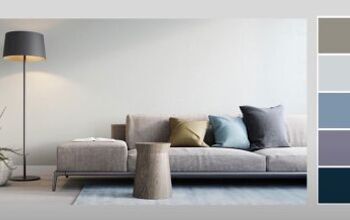Designing With Neutrals: Calm, Relaxed & Interesting

Today, we're talking about how to design with neutral colors to create a space that's timeless, versatile, relaxing, and interesting. Let’s dive in!
Decorating with neutrals is a versatile and timeless way to create a calm and relaxed space. Now, that might not sound very exciting—and that's kind of the point! But neutral spaces still need visual interest to avoid looking bland and boring.
So, what's the secret to creating a neutral interior that's interesting and impactful? Here are three ways to create a tranquil space with visual interest.
Table of contents
Secret 1: Play with Neutral Tones
You may remember from a previous video that neutral colors come in a wide range of shades. There are the pure neutrals—black, white, brown, and gray—which have no color undertones, and near neutrals like cream, beige, taupe, and tan, which mix pure neutrals with a hint of non-neutral color.
You can also include desaturated colors that blend seamlessly with traditional neutrals. These neutrals can read as warm, with red, orange, or yellow undertones, or cool, with green, blue, or violet undertones.
So, while you can start with a base of pure and near neutrals for your color scheme, you can infuse your space with color by layering warm or cool neutrals. This adds visual interest while maintaining a relaxed, restful look.
By layering textures and colors and keeping the 60-30-10 rule in mind, you can create a calming yet cohesive atmosphere.
Earthy beiges, warm clays, and muted greens have become popular in recent years, replacing cooler grays as we embrace warmer, cozier tones that create biophilic spaces inspired by nature.
Balance is key: you can warm up a cool interior by incorporating warm wood tones and nature-inspired accessories, or cool off a warm palette with neutral shades of blue and green.
Secret 2: Add Contrasting Accents
One great way to add emphasis and interest to a neutral scheme is by punctuating it with contrasting accents.
For a light neutral scheme, add dark accents, or if your space leans toward darker neutrals, balance it with lighter accents.
Black is an excellent choice for adding elegance and drama, especially when set against warm neutrals.
Brown can also work well as a warm accent in both warm and cool neutral schemes, depending on the shade.
Charcoal can serve as a subtler alternative to black, while navy, though not technically a neutral, works so well with other neutrals that it can be used in place of black or charcoal.
Plants are also a wonderful way to introduce deep color accents into a neutral space, bringing life and vibrancy to the scheme.
For those who love a dark, moody interior, light accents like warm woods, rich metal finishes, and soft textures can really make a dark palette stand out.
Dark neutral color schemes look fantastic with light touches of creamy whites, warm woods, and warm metallics like unpolished brass.
Secret 3: Layer in Texture
Texture is essential in any interior, but it's especially important when decorating with neutrals.
Different textures can help distinguish items that are close in color, adding contrast through light and shadow. This creates depth and visual interest without overwhelming the serene feel of the space.
There are plenty of ways to bring texture into your home. Start with the room’s envelope—floors, walls, and ceilings—and build from there. Incorporate textured rugs like sisal or jute for roughness, or opt for soft, warm wool rugs for coziness.
Fabric window coverings can also soften a space while adding subtle texture.
Furniture and furnishings made from wood, stone, or metal can bring harder surfaces into the mix, creating balance.
Soft upholstery, plush throw blankets, and textured pillows offer comfort while contributing to the layered look.
This thoughtful mix of opposing textures keeps the space laid-back, natural, and serene while maintaining visual interest.
Conclusion
For more design inspiration, check out the video description box for links to related content and looks featured in this video. If you're hungry for more ideas, be sure to watch my other videos too. Thanks so much for watching, and I’ll see you next time!











































Comments
Join the conversation